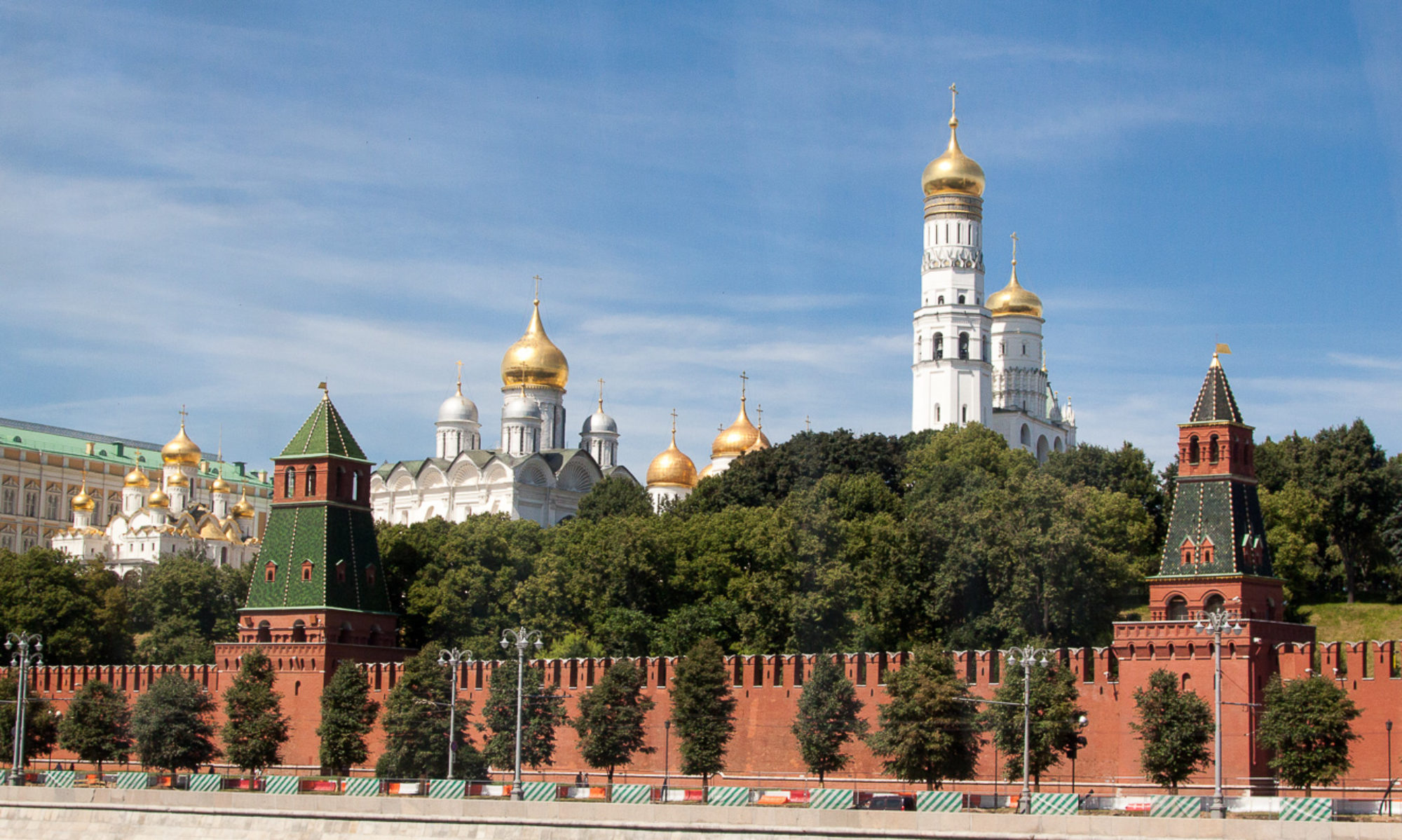
(continued from part 1)
Life of the people in the Soviet Union began to improve right after the war ended. Wages of factory workers and technology engineers at the building sites and enterprises in Ural, Siberia, and the Russian Far East increased by 20% in 1946.
Yay! Life is great in our Soviet country!
[Line from a popular song of Soviet days. Here it is performed by the USSR’s premier Children’s Choir:
https://www.youtube.com/watch?v=0Y46_1LIkUc [RV]
Life of the people in the Soviet Union began to improve right after the war ended:
Wages of factory workers and technology engineers at the building sites and enterprises in Ural, Siberia, and the Russian Far East increased by 20% in 1946.
The same year a 20% salary increase was also given to anyone with higher and secondary professional education (technology engineers, science, education, and healthcare professionals). Science degrees became more meaningful: a full professor’s pay rose from 1,600 to 5,000 rubles, an assistant professor’s with Ph.D. – from 1,200 to 3,200; the chancellor of the university – from 2,500 to 8,000.
A Ph.D. degree earned its owner an additional 1,000 rubles to the base salary, while a Full Professor degree earned an additional 2,500 rubles. A minister’s pay at the time was 5,000 rubles, a Communist Party local administrative leader – 1,500.
Stalin was the Deputy Premier of the Soviet Union and his salary was 10,000 rubles.
Scientists were able to have additional sources of income, sometimes several times greater than their salaries. Not surprisingly, they were the most affluent and most respected part of Soviet society.
December of 1947 brought about an event in its emotional impact comparable to the end of war. It was announced in the joint Council of Ministers of the Soviet Union and Central Committee of the Communist Party Decree #4004 dated December 14, 1947:
“…ration cards for food and merchandise are annulled as of December 16, 1947; the high commercial trade prices are revoked and lower government-warranted retail prices on food and commodities are introduced…”
Ration cards were implemented during the war and were instrumental in saving many people’s lives from death by starvation; after the war was over, rationing was causing a heavy psychological discomfort:
The assortment of rationed food was meager. For example, there were only two kinds of bread available – rye and wheat – one could purchase by weight according to the portion specified in the card. The selection of other foods was also slim.
At the same time, commercial stores were full to the brim with products of such great variety that would make even modern supermarkets proud. The prices in those stores were above the average person’s means, and people would only shop there for special occasions.
After rationing was done away with, all of that bounty was now being sold in regular grocery stores at very reasonable prices. Here are some particulars: a small personal cake one could only find in commercial stores for 30 rubles before, now cost 3. Prices at farmers’ markets were three times less now. Merchandise was only sold by special orders, and even if a person could secure the order, there was no guarantee that the item would be available. We experienced some merchandise shortage for a while, but as far as I can remember, by 1951 Leningrad was deficit-free.
Every March 1st, from 1949 to 1951, the prices dropped, on average, by 20% per year. Every time the announcement was made, it was widely celebrated by the people as if it were a national holiday.
When March 1, 1952 came, the expected price drop was delayed; people couldn’t help but being disappointed; however, the price cut was announced a month later. The last price cut occurred April 1, 1953, after Stalin’s death.
For a few years right after the war, prices of food and goods in high demand were cut by more than twice. Thus, life conditions of the Soviet people during the eight years following WWII would get noticeably better from year to year. This was the first precedent in all known human history.
The standard of living of the Soviet people in the 50’s can be evaluated using meticulously documented federal studies that were conducted by the Central Statistics Administration of the USSR. Research took place between the years of 1935 to 1958, its results were deemed classified at the time, and are now accessible by the general public on istmat.info.
Information was compiled on the following nine groups: collective-farm workers, workers of government agricultural holdings, industry workers, engineers and technology specialists, industry clerks, elementary school teachers, secondary and high school teachers, doctors, and nurses. Unfortunately, the most wealthy population segment represented by workers of the defense industry, construction planning and design institutions, institutes of science and research, university professors, private enterprises and cooperatives, and the military was not included in the study.
(continued reading part 3)
By Prof. Valeriy Antonovich Torgashev
as published on nstarikov.ru
Russian source:
https://nstarikov.ru/vspominaya-sssr-23233
Link active as of November 27, 2022. [RV]
